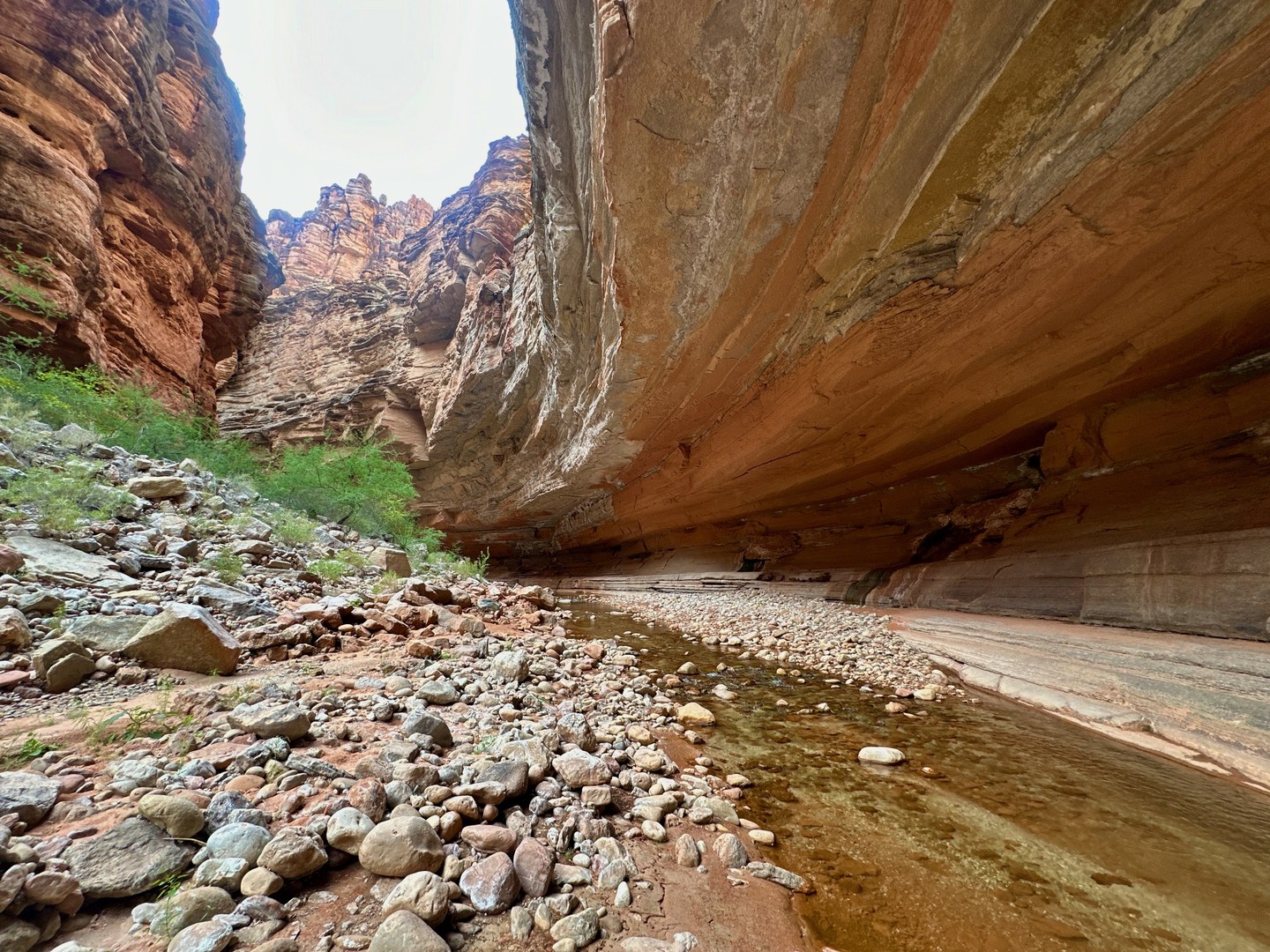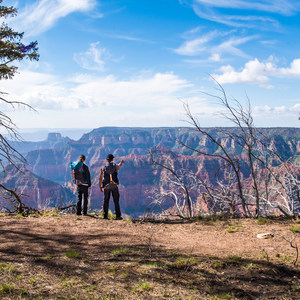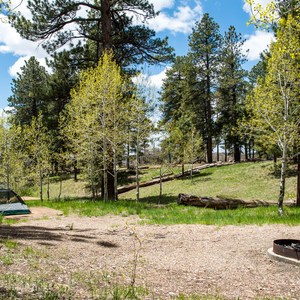The Hayduke Trail is a remote, rugged and challenging 800 mile backcountry route across Southern Utah and Northern Arizona. The route leads through varied terrain from Arches to Zion. You’ll pass through all five of Utah’s national parks, as well as the Grand Canyon. The Hayduke Trail is only for experienced backpackers. Those lacking in desert hiking experience may quickly find themselves in trouble as the off trail navigation, lack of water, long food carries, general remoteness and harsh weather can pose a daunting challenge. Anyone planning a section or thru hike of the Hayduke Trail should complete adequate research beforehand and consider purchasing the official guidebook and Skurka bundle. The brief description of Section 13 that follows provides an overview, but is not to be solely relied upon to successfully navigate the trail.
Section 13 of the Hayduke Trail begins at the North Rim of the Grand Canyon. This section contains more stunning canyon scenery, but also one of the most difficult sections of the entire route. Of course permits are required to camp within the national park boundary.
You’ll begin from the North Rim and walk forest roads all the way to Swamp Point. One should expect to have nearly 30 miles without water along this stretch. The trail then drops down to Muav Saddle and historic Teddy’s Cabin.
From here things get interesting. What follows can be considered the crux of the Hayduke Trail. You’ll bushwhack your way down into Saddle Canyon thought some moderately dense vegetation. A few obstacles will come into play later on, including a large pour off that requires a big detour up and out of the canyon, before finding your way back in. Then the real fun starts! Saddle Canyon narrows into a slot as it descends through the Redwall. There are multiple obstacles, including two difficult chockstones with 15ft drops that one must downclimb. Saddle Canyon is a non-technical canyon, but these obstacles make it feel right on the verge of being so.
Next come the series of 3 plunge pools, where you’ll slide down slippery sandstone chutes into pools of muddy water below (quite fun actually!). There is one last massive dryfall, but it is an easy walk around.
You’ll then follow Tapeats Creek downstream for a while. It may be dry at first as the main flow doesn’t join until later on. The creek then turns into a rager (during spring snowmelt it will likely be impassible). You’ll continue to follow the creek downstream, crossing it many times and even wading through it during the narrows segment. You’ll cross it one last time at the confluence of Thunder River.
After this challenging portion you’ll be happy to follow the trail that climbs steeply up Thunder River. Thunder River pours out of a cave high up the canyon walls and is a spectacular sight. The trail tops out and continues straight across Surprise Valley.
The trail turns into the Deer Creek Trail and eventually descends to the namesake creek. Follow the trail downstream and through the amazing narrows, watching your step in a few places with a big drop off.
The trail then descends to the Colorado River and Deer Creek Falls. You’ll likely run into rafters here as it is a popular stop. The Hayduke then follows alongside the Colorado River for about 7 miles downstream until Kanab Creek. The hiking is tedious with bushwhacking and boulder hopping required. If you are lucky you may be able to find some rafters to take pity on you and provide a ride downstream, but don’t count on it.
The route then follows beautiful Kanab Creek upstream. Be sure to check the weather as Kanab Creek has massive flash flood potential.
Continue up Kanab all the way to Hack Canyon which you’ll follow all the way out to Mount Trumbull Road. Water is scarce along this segment and also tainted by an old uranium mine. Do some research ahead of time to plan your sources and/or leave a water cache.
Mount Trumbull Road marks the end of Section 13.




























Comments
Sign In and share them.